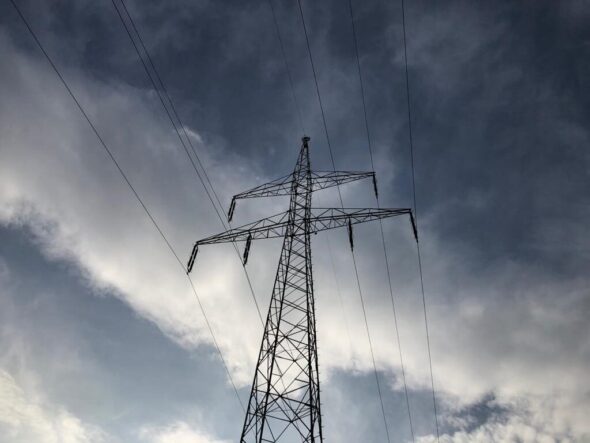A „state of emergency” on the capacity market is one of the possible answers to the growing demand for energy in Poland. This term sounds frightening, but it defines the standard actions the operator takes in a situation where power plants barely cover the demand. This is happening more and more often in the face of the lurking electricity supply gap and the ever growing demand – writes Wojciech Jakóbik, editor-in-chief at BiznesAlert.pl.
„State of emergency” – not as menacing as it sounds
According to the Transmission System Operation and Maintenance Code, our national transmission network operator Polskie Sieci Elektroenergetyczne (PSE) is obliged to maintain the available generation capacity (power plants ready to provide energy) at a level exceeding the demand by nine percent in the short term, for example, a day ahead. If available capacity falls below this level, the tools available on the capacity market need to step in.
PSE explains that in the short term, i.e. in day-to-day and real time planning, the operator prepares system operation plans taking into account the current information about the planned state of the system, i.e. energy sale contracts reported by market participants, unit operation schedules, plans for inter-system exchange with neighboring countries and forecast for renewable generation. The short-term work plans are updated live, taking into account the latest information on the activities of market participants, i.e. the transactions they make on the wholesale market and the balancing offers they make to the operator managing the balancing market. „If there is a risk that the required excess capacity won’t be achieved, a power supply state of emergency is announced. In such a situation, the holders of capacity contracts are obliged to deliver the contracted power to the system and present it to the operator, submitting appropriate work plans or balancing offers,” PSE explains.
This, of course, is just one part of the available toolkit and also the least drastic one. PSE uses it to enforce capacity contracts, that raise the costs of the power system, precisely so that there is no shortage of power in case of increased demand, and so that there is no need to resort to more drastic measures, such as limiting energy consumption or introducing degrees of limitation of power supply, which had already happened back in 2015. Other solutions include contingency energy purchases abroad (expensive), work in overload, postponement of repairs (which reportedly is already happening).
The power supply gap is growing and so are the problems
The domestic demand for energy increased by 6.7 percent, to 72.67 TWh, between January and May 2021. At the same time, power generation in Poland increased by 10.52 percent to 69.68 TWh. This means that the remaining difference was covered by imports. The spectre of an electricity supply gap is already on the horizon and it will be clearly visible in the 2020s, when the construction of new gas-fired plants, which are to replace the old coal plants, will only begin. This pertains especially to the long-serving 200 MW coal-fired power plants, which remember deep communism. If a random event, such as the malfunction in Rogowiec which caused a drop in the supply of energy from the Bełchatów Power Plant or other problems that are difficult to predict, deprive the system of the necessary capacity, PSE will be able to declare a state of emergency on the capacity market and use a tool that is staunchly condemned by supporters of a more free-market approach to the security of energy supply. However, the need to reach for this tool may occur the more frequently, the less production capacity will be in the Polish power system. Energy producers are not replacing the old units with new ones quickly enough, and the operator can only look for the answer to this problem with new tools. So far, the issue is only about the capacity market. However, if we do not build new power plants quickly enough, Poland will find itself under threat of another necessary reduction in energy consumption, this time even more drastic. This will also lead to an increase in energy prices, which will be significant anyway, due to the global trends that are a harbinger of an energy crisis not only here, but in the entire continent.









